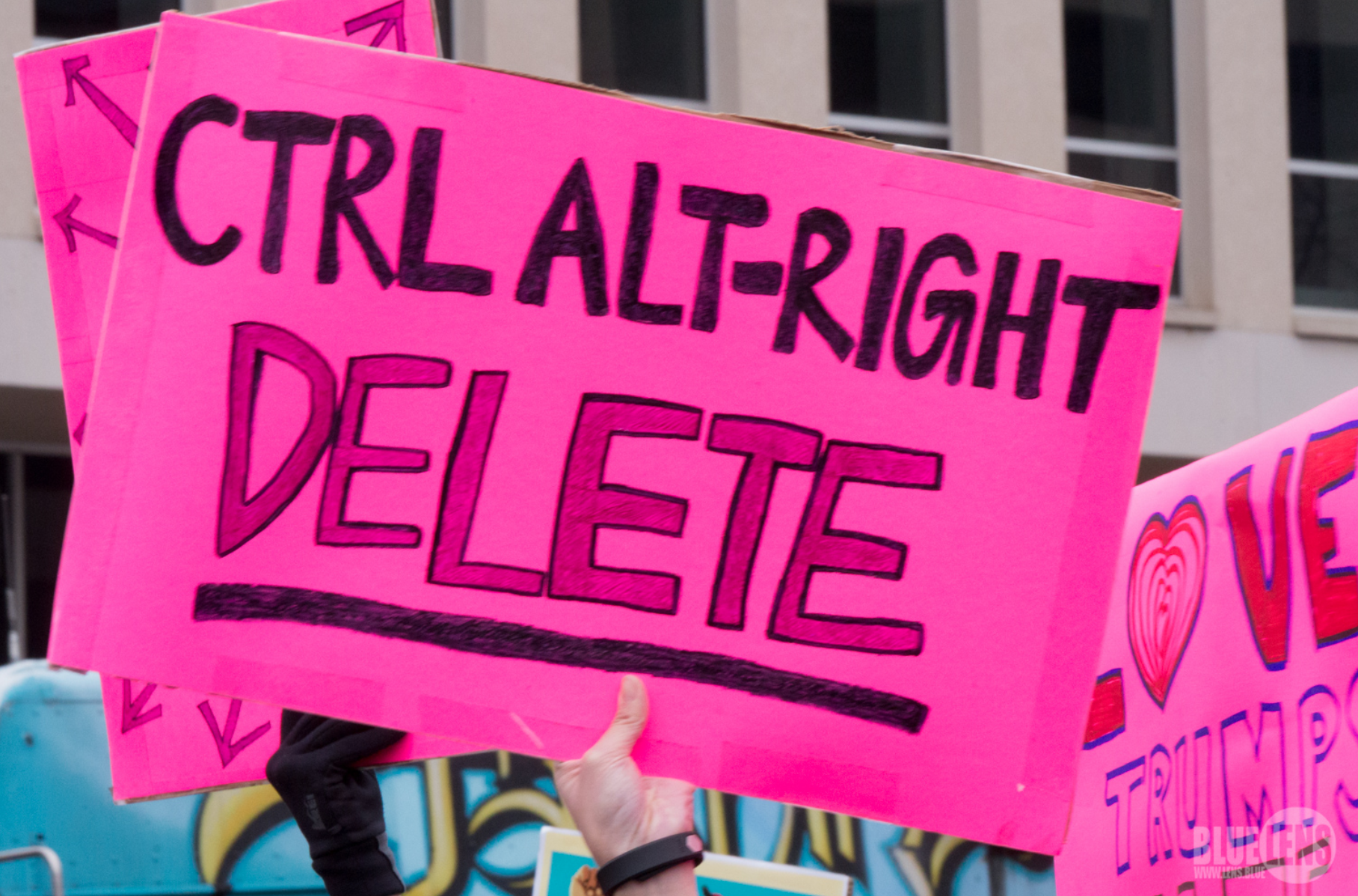
While the events at Charlottesville seemed to be a powerful, albeit horrific, outpouring of support for the alt-right and white nationalism that many Americans didn’t know existed, the event also sparked the splintering of the alt-right as a mainstream movement. In many ways, alt-right as a mainstream movement had ended the moment it banded together physically in Charlottesville.
The murder and violence that occurred in Charlottesville turned away many people who had supported the alt-right before. “Preppy white nationalists like Spencer,” as Vice writer Tess Owen calls them, realized that their brand didn’t mix well with neo-Nazis. George Hawley, an assistant political science professor and Alabama and author of books on the alt-right, said in 2019, “whenever I talk about the alt-right at this point, I do so in the past tense.” Members of what was the alt-right in 2016 do not uniformly support Donald Trump, and while that does not mean they will vote for a Democrat in 2020, it does mean that Trump does not have the same level of support from the far right as he once did.
The 2020 election poses many important questions for members of the alt-right who voted for Trump in 2016. Trump clearly has held onto parts of his original base, for example the Proud Boys, who have worked to distance themselves from the alt-right. I predict that some current and former members of the alt-right will refrain from voting entirely as a statement against Trump, who has failed to deliver on many of his campaign promises. Other members of the alt-right will still vote for Trump because of their extreme aversion to any Democratic candidate. It will be interesting to see whether Trump will lean into any support he can get from the far right, or whether he will solely rely on his less extremist-leaning MAGA base.
Despite the fact that the alt-right is not a united movement it once (potentially) might have been, that isn’t to say that the United States is free of white supremacist, neo-Nazi and other hate groups. According to the Southern Poverty Law Center’s “Hatewatch” map, in 2019, there were 940 hate groups in the United States, including 155 white nationalist hate groups, 84 anti-Muslim groups, 70 anti-LGBTQ groups, 59 neo-Nazi groups, 22 anti-immigrant hate groups, and 87 general hate groups.
If any action is made against the more hateful and violent groups that once made up the alt-right, it must target the root of the problem. It must address young men’s emotional and psychological reasons for joining the alt-right in the first place, and provide alternate outlets that are not as extreme as joining a white supremacist hate group. While this is a lofty goal, it would be the most effective in having the alt-right gain any more followers.
On the other hand, social media giants like Facebook, YouTube, Twitter, Reddit, and even 4chan, must adapt their policies to better police their users. In many instances of hate and violence in the United States, whether it stayed online or made its way offline, the internet played a role in allowing those instances to occur. While I’m not calling for the end of free speech, I do believe that in order to prevent another event like what happened in Charlottesville in 2017 from happening again, social media platforms must play a larger role in patrolling extremist groups and users.